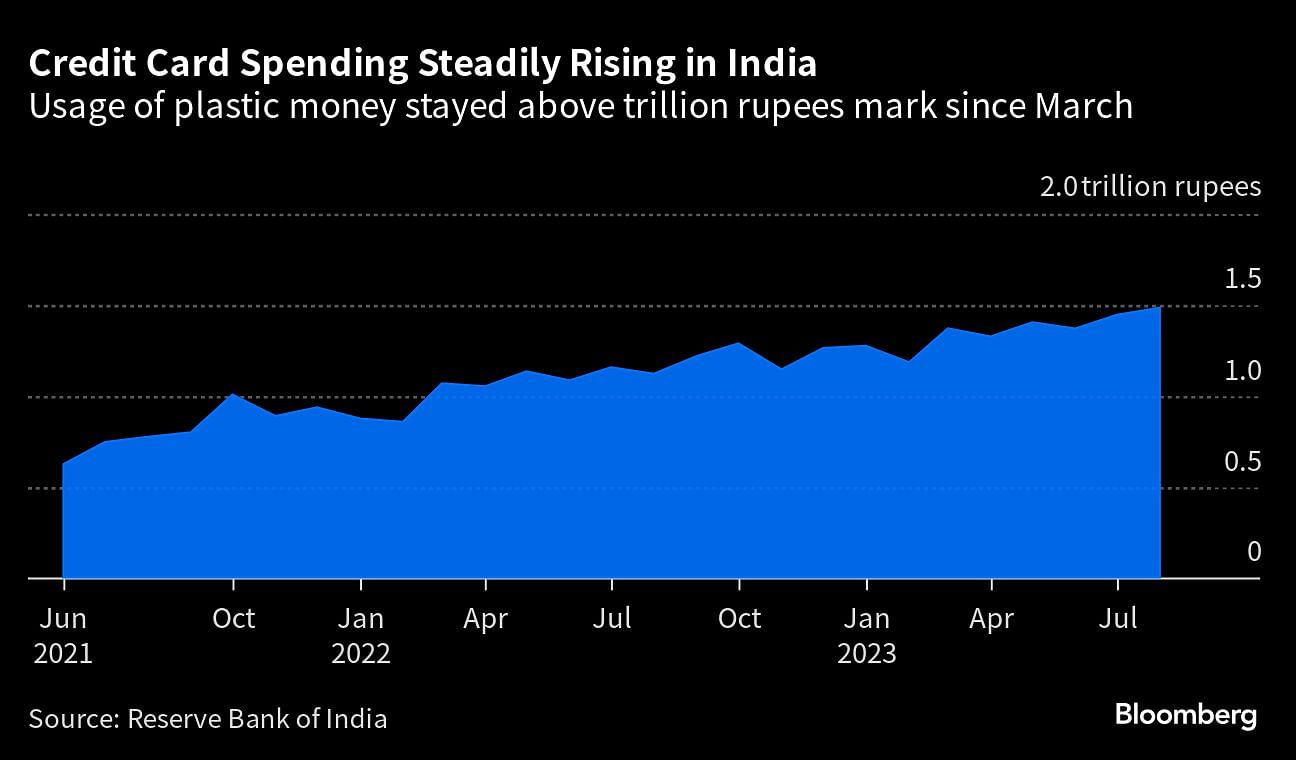Tesla's Optimus Robot: China's Rare Earth Restrictions Cause Delays

Table of Contents
The Critical Role of Rare Earth Elements in Optimus
The Tesla Optimus robot, a marvel of engineering, relies heavily on rare earth elements for its functionality. These elements are not rare in the Earth's crust, but their extraction and processing are complex, leading to concentrated production in specific regions, primarily China.
Neodymium Magnets: The Heart of the Motor
The heart of Optimus's powerful and precise movements lies in its motors, which heavily utilize neodymium magnets. These magnets are not just any magnets; they provide the high power density necessary for the robot's rapid and accurate actions. Without them, the Optimus robot's agility and capabilities would be severely compromised.
- Neodymium magnets provide high power density: This allows for smaller, lighter motors while maintaining exceptional torque and speed.
- Essential for precise and rapid movements in Optimus: The robot's ability to perform complex tasks depends on the responsiveness of its motors, directly linked to the neodymium magnets' performance.
- China controls a significant portion of the global neodymium supply: This dependence on a single nation creates vulnerabilities in the supply chain.
Beyond Neodymium: Other Rare Earth Metals in Optimus's Components
While neodymium magnets are crucial, other rare earth elements play equally important roles in various aspects of the Optimus robot. These elements are often found in smaller quantities but are still essential for optimal functionality.
- Dysprosium for improved magnet performance at high temperatures: Dysprosium enhances the performance of neodymium magnets, particularly under high temperatures, ensuring consistent operation even during strenuous tasks.
- Other rare earths used in various electronic components: Elements like cerium and lanthanum contribute to the efficiency and durability of numerous electronic components within the robot's sophisticated system.
- Potential for substitutions, but with compromises in performance: While research is ongoing to find alternatives, replacing rare earths often results in decreased performance, higher costs, or less efficient robots.
China's Influence on the Global Rare Earth Market
China's dominance in the rare earth market is undeniable. Its influence stems from its control over mining, processing, and refining capabilities. This creates a complex geopolitical landscape with significant ramifications for companies like Tesla.
Export Restrictions and Quotas
China's government has implemented various policies, including export restrictions and quotas on rare earth elements. These actions are often justified by environmental concerns and the need for strategic resource management. However, the effects on the global market are significant:
- Environmental regulations used to justify export limitations: While ostensibly environmentally driven, these regulations have created significant uncertainty for international businesses relying on a stable supply of rare earths.
- Strategic national resource management: China views rare earths as a strategic national asset, leveraging its control to influence global markets and technological development.
- Impact on global supply chains and pricing: The resulting supply constraints create volatility in pricing, making it difficult for companies to plan production and manage costs effectively.
Geopolitical Implications and Diversification Efforts
China's dominance in rare earth production carries significant geopolitical implications. It gives the country considerable leverage in international relations and technological competition. Consequently, many nations are striving to diversify their rare earth supply chains:
- The US's efforts to secure rare earth supplies: The US is actively investing in domestic rare earth mining and processing to reduce dependence on China.
- Australia and other countries increasing their rare earth mining: Several countries are expanding their rare earth mining operations to meet growing global demand and challenge China's monopoly.
- Challenges in establishing a diversified and reliable supply chain: Building a robust and reliable alternative supply chain is a complex and time-consuming process, facing hurdles in mining, processing, and refining technologies.
The Impact on Tesla's Optimus Robot Production Timeline
The constraints imposed by China's rare earth policies have significant ramifications for Tesla's Optimus robot production timeline and overall business strategy.
Production Delays and Cost Increases
The limited availability and fluctuating prices of rare earth elements directly translate to delays and increased costs for Tesla's Optimus robot production:
- Estimated delay in mass production: The scarcity of rare earths could push back the mass production timeline significantly, impacting Tesla's ambitious goals.
- Increased manufacturing costs: The higher cost of rare earths directly translates to a higher cost of production for each Optimus robot.
- Potential impact on Tesla’s overall profitability: The increased manufacturing costs could negatively affect Tesla's profit margins and overall financial performance.
Tesla's Strategies for Mitigation
Tesla is likely exploring several strategies to mitigate the negative effects of the rare earth supply chain challenges. However, these strategies face significant hurdles:
- Negotiating long-term contracts with suppliers: Securing long-term supply agreements at stable prices is crucial but challenging in a volatile market.
- Investing in research and development of alternative materials: Finding suitable substitutes for rare earth elements in Optimus's motors and other components is a long-term research endeavor.
- Strategic partnerships to secure rare earth supplies: Collaborating with mining companies and governments in other countries can help diversify supply sources, but these partnerships come with their own complexities.
Conclusion
China's control over rare earth elements presents significant headwinds for Tesla's Optimus robot project. Export restrictions and supply chain disruptions are causing delays and increasing production costs. Tesla's success in bringing Optimus to market hinges on its ability to effectively navigate these geopolitical and economic challenges. The company's ability to secure a reliable and cost-effective supply of rare earth elements, or develop viable alternatives, will be crucial in determining the future of its ambitious robotics program.
Call to Action: Stay informed about the latest developments surrounding the Tesla Optimus robot and the impact of China's rare earth policies on the future of robotics and automation. Follow us for updates on the Tesla Optimus robot and the evolving dynamics of the rare earth market.

Featured Posts
-
 Cantors 3 Billion Crypto Spac Deal Tether And Soft Bank Involvement
Apr 24, 2025
Cantors 3 Billion Crypto Spac Deal Tether And Soft Bank Involvement
Apr 24, 2025 -
 The Impact Of Reduced Consumer Spending On The Credit Card Industry
Apr 24, 2025
The Impact Of Reduced Consumer Spending On The Credit Card Industry
Apr 24, 2025 -
 Canadian Auto Dealers Propose Five Point Plan To Combat Us Trade War
Apr 24, 2025
Canadian Auto Dealers Propose Five Point Plan To Combat Us Trade War
Apr 24, 2025 -
 Stock Market Rally Trumps Influence On Us Futures
Apr 24, 2025
Stock Market Rally Trumps Influence On Us Futures
Apr 24, 2025 -
 Remembering Jett Travolta A Photo Shared On His Birthday
Apr 24, 2025
Remembering Jett Travolta A Photo Shared On His Birthday
Apr 24, 2025
